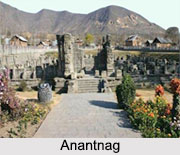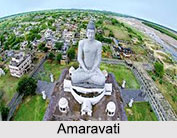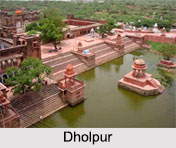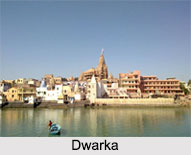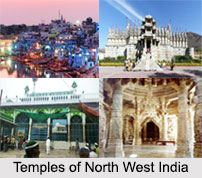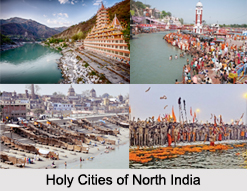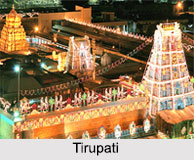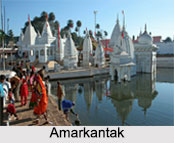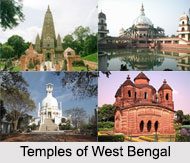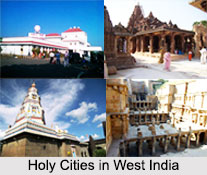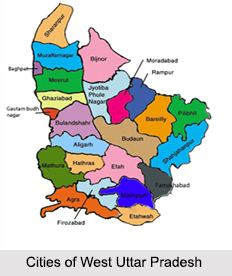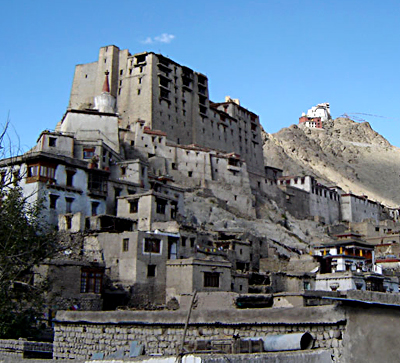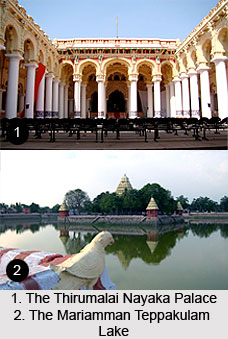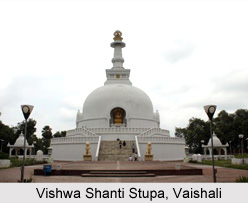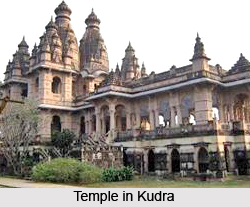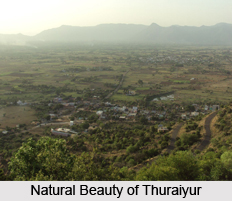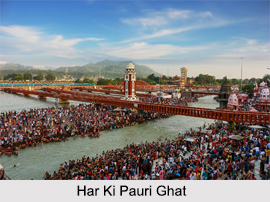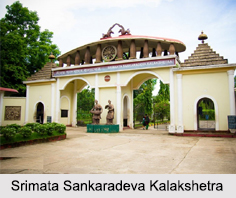 An Assamese cultural museum in the Panjabari area of Guwahati, the Srimanta Sankaradeva Kalakshetra is known to be the largest cultural congregation in north eastern India and a popular tourist spot in the city.
An Assamese cultural museum in the Panjabari area of Guwahati, the Srimanta Sankaradeva Kalakshetra is known to be the largest cultural congregation in north eastern India and a popular tourist spot in the city.
Etymology of Srimanta Sankaradeva Kalakshetra
Also known as Kalakshetra, the Srimanta Sankaradeva Kalakshetra is named after the 15th century Assamese polymath Srimanta Sankaradeva, who is the founder of Assamese Vaishnavism and an important figure in the cultural and religious history of Assam.
History of Srimanta Sankaradeva Kalakshetra
Initially in the year 1986, the Government of Assam had decided to set up a cultural complex to serve as a centre to preserve and promote the cultural heritage of the people of Assam. So on February 2nd, 1988, the foundation of the Srimanta Sankaradeva Kalakshetra was laid and eventually by 9th November, 1988, it became a centre of artistic excellence in the state. The museum was conceived as a grand exposition to the life and culture of Assam.
Overview of Srimanta Sankaradeva Kalakshetra
The Srimanta Sankaradeva Kalakshetra attempts for the preservation, restoration, research, promotion and development of the rich cultural heritage of the diverse ethnic communities inhabiting Assam. Within the sprawling Kalakshetra premises, there is a cultural museum, the Sahitya Bhavan library, which has a huge collection of rare books and manuscripts and other facilities like eateries, places of worship, emporiums and open air theatres.
With a view of the Khasi Hills, the open air theatre can accommodate around 2,000 people at a time and hosts cultural programs in its premises. While the cultural museum in the Srimanta Sankaradeva Kalakshetra is called the Lalit Kala Bhavan, which is the prime centre used for exhibitions and workshops on art and culture. It offers a world class exhibition space for arts and sculptures. Positioned in the entrance corridor to the main central museum, there is a replica of the Rang Ghar, which is basically an Ahom Amphitheatre in the Sivasagar district of Assam.
Few of the other popular attractions of the Srimanta Sankaradeva Kalakshetra are the Bhupen Hazarika museum and the Artistic Village. The village portrays the rural life of Assam in the liveliest of form through life like statues and thatched model huts. Other than these, there is also a children"s park within the boundaries of the Kalakshetra museum. Cable car facility has been introduced inside the park for the tourists to communicate better and enjoy the picturesque view of the Shillong plateau.
Currently, the Srimanta Sankaradeva Kalakshetra is governed by a body of executives, selected by the Assam Government`s Cultural Department and is headed by a Director of the Assam Civil Service or Indian Administrative Service cadre. The museum facilitates tourism in Guwahati.
Visiting Information on Srimanta Sankaradeva Kalakshetra
The Guwahati railway station is the closest at a distance of almost 10 km from the museum and the Lokpriya Gopinath Bordoloi International Airport is the nearest at about 36 km away from the Kalakshetra.
